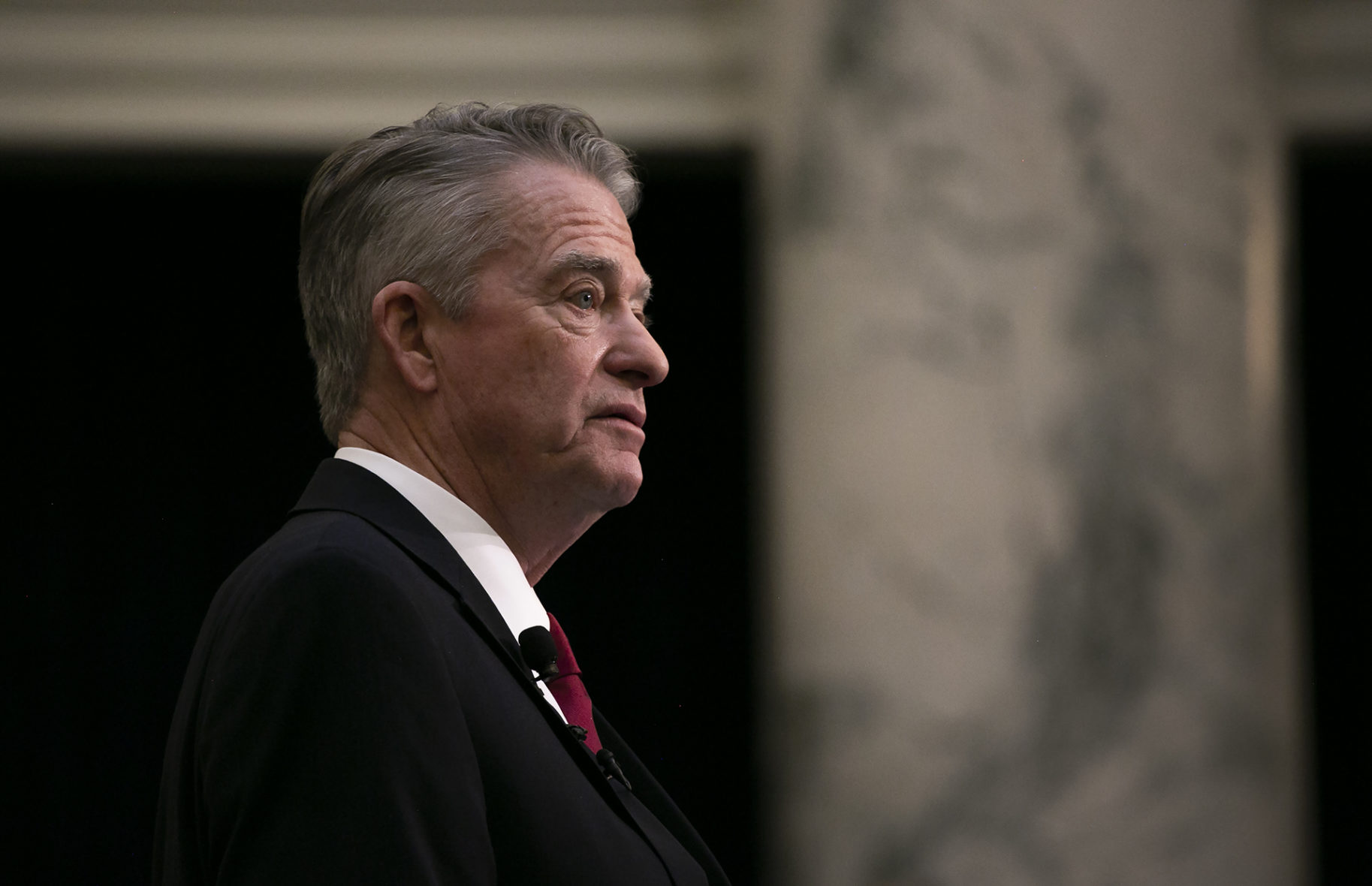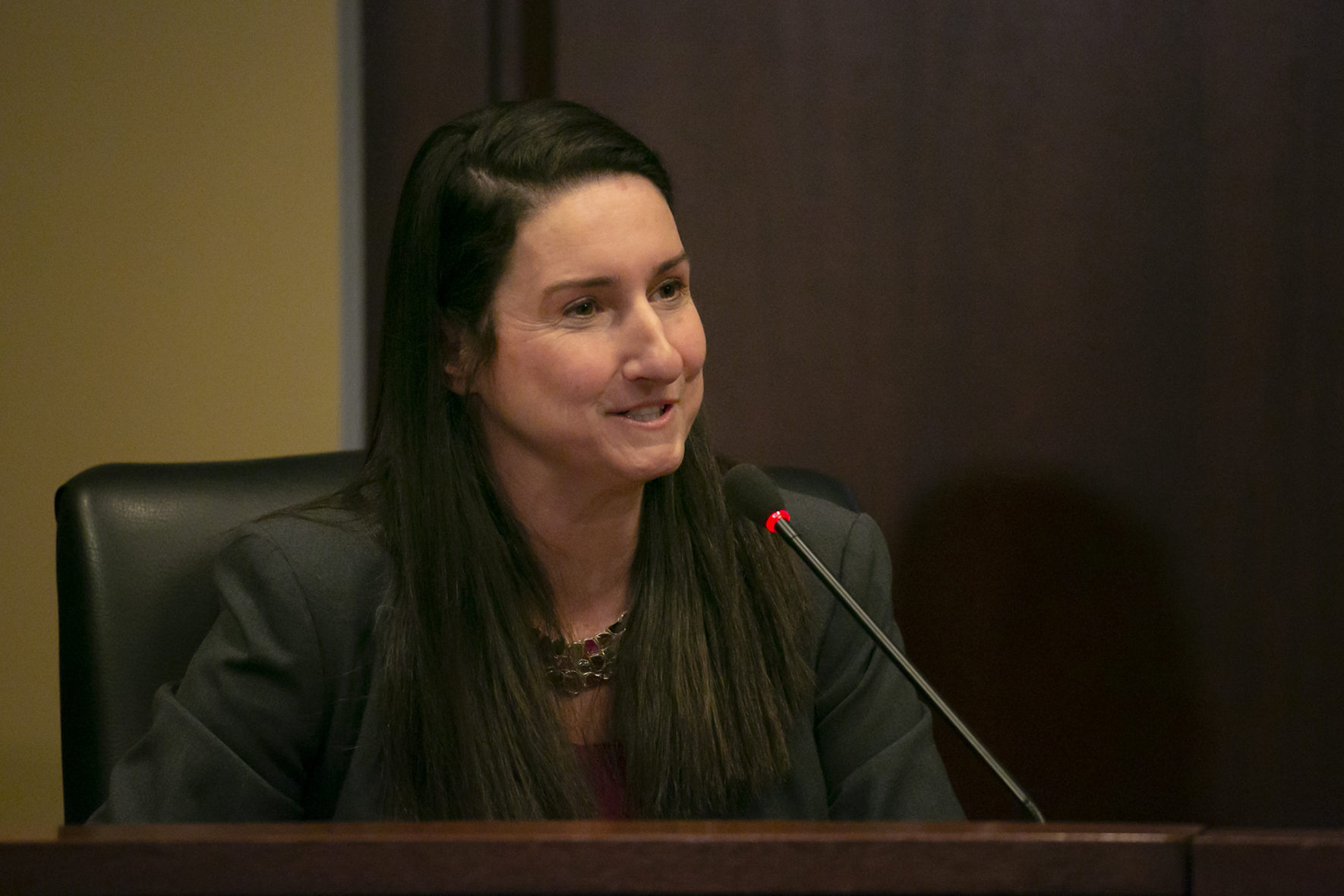Gov. Brad Little is fond of calling education his top priority.
But it isn’t his only priority.
As a result, Little has proposed the tightest budget K-12 has seen in several years, and a flat budget for college and universities that are already cutting spending and freezing tuition. Teachers would get some raises — part of a multiyear plan to increase salaries. Schools would get roughly the same money to help struggling readers, but don’t expect a wholesale expansion of all-day kindergarten programs. College students would still compete for an unchanged sum of scholarship dollars.

It’s important to understand where some of the money is going.
First, Little wants to add $102 million to state savings accounts. One of those accounts already sits at about $393 million — representing a tenth of the state’s budget, the maximum balance allowed under state law. (Separately, Little will push a bill increasing that cap from 10 percent to 15 percent.)
Second, Little is proposing a heavy investment in prison reform, in hopes of breaking the cycle of incarceration.
“We can either invest in measures designed to reduce the demand for prison beds and promote safer communities, or we can do nothing and ensure the next check we write is larger than the last,” Little said during Monday’s State of the State address, the kickoff to the 2020 legislative session.
Little’s general fund budget includes a 12.1 percent increase for corrections.
For K-12, the proposed increase is 4.1 percent.
For higher ed, the proposed increase comes in at a minuscule .4 percent.
To be clear, Little’s budget proposal is frugal. Overall, general fund spending would increase by 3.8 percent — the smallest annual increase since 2013-14, when Idaho was coming out of the Great Recession.
So why is this year’s budget increase so modest, when 2013 Idaho was digging out from a severe economic downturn and 2020 Idaho is in a growth spurt?
It all loops back to worries about the next recession.
Even though a recession is not necessarily imminent — and chief state economist Derek Santos said another recession isn’t likely to occur in the next year or two — Little says the state needs to set aside more money, just in case.
Moody’s Analytics, a global financial intelligence firm, projects that Idaho would need a 23 percent budget cushion to withstand another recession, as tax collections drop and demand for social services increases. Little’s savings plan would only bring the state’s buffer to 15 percent, said Alex Adams, the head of Little’s budget-writing Division of Financial Management.
For Little — former Gov. Butch Otter’s lieutenant governor during the Great Recession — the fear of another downturn is real. While Little peppered his 40-minute State of the State address with success stories, applause lines and some self-deprecating humor, the upbeat tone didn’t conceal his message of caution.
While Little received widespread praise for his plan to put $30 million into a down payment on pay raises for veteran teachers, his austerity initiative drew mixed reviews.
“Without question, Gov. Little has delivered to lawmakers the best, most conservative starting point a governor has given the Idaho Legislature in many years,” said Wayne Hoffman, president of the Idaho Freedom Foundation, a conservative lobbying group.

House Minority Leader Ilana Rubel criticized Little for ordering state agencies to cut 1 percent from this year’s budget and 2 percent from next year’s budget. Little spared K-12 from these cuts, but higher ed received no such pass.
“As the fastest growing state in the nation, and in a time of record national prosperity, it is hard to believe that Idaho’s agency resources are going backwards rather than forwards,” said Rubel, D-Boise.
Little sees it differently.
“The time to prepare for a potential downturn is now, when times are good,” he said. “I understand it’s difficult for state agencies and our universities to tighten things up, but it must be done habitually and willingly because it’s the right thing to do.”
And the spending picture could get even tighter, if legislators raise the stakes on election-year tax cuts.
Little proposed $35 million in grocery tax relief. The money wouldn’t come out of the general fund budget, but would instead come from a dedicated account funded from sales taxes on e-commerce.
Legislators could use $35 million to increase the income tax credit for groceries or phase in a repeal of the sales tax on groceries. But repealing the grocery tax in one shot could cost roughly $80 million.
Either way, it’s going to be a lean budget year.
Little’s education proposals establish a spartan starting point.
More reading: A detailed look at Little’s education proposals, from Idaho Education News’ Clark Corbin.
